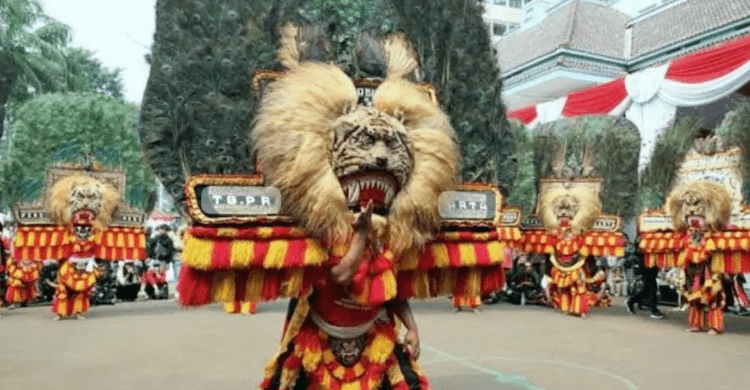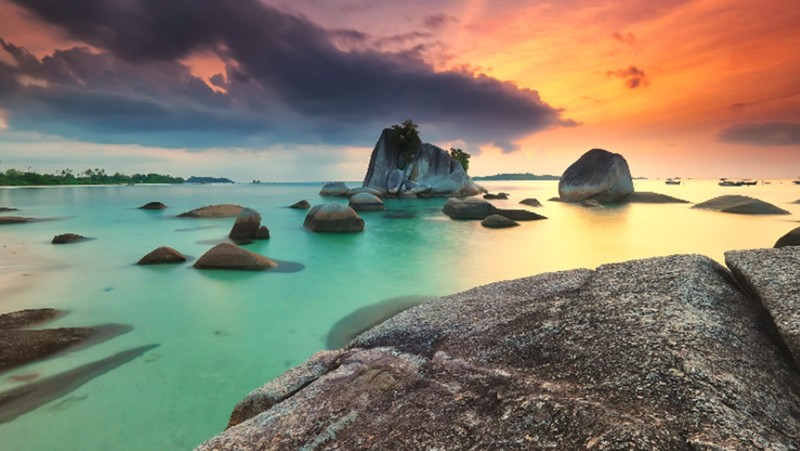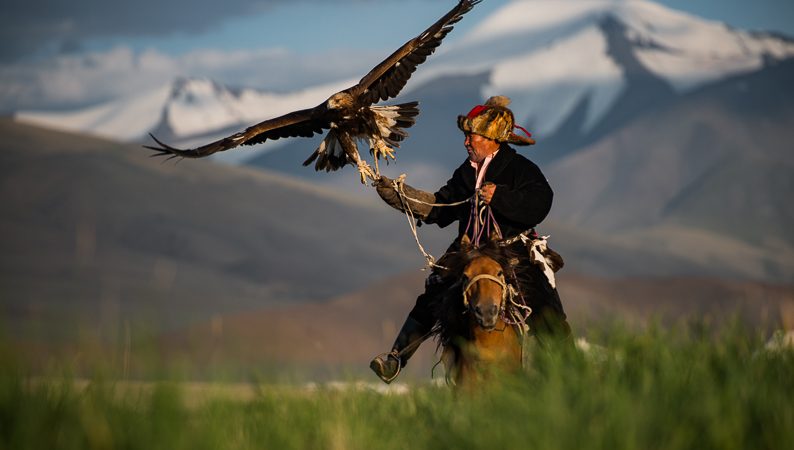Welcome to the Loire River, France’s magical Valley of Kings and Castles. This enchanting region, nestled in the heart of the country, is a treasure trove of history, culture, and awe-inspiring architecture. As you cruise along its calm waters, prepare to be transported back in time, where medieval fortresses and opulent Renaissance châteaux reign supreme.
The Loire River, with its meandering path through lush green landscapes, truly embodies the essence of France’s regal past. It is no wonder that this region became a favorite retreat for French royalty, who sought solace within its picturesque valleys. From the majestic Château de Chambord, boasting over 440 rooms and a mesmerizing double-helix staircase, to the fairytale-like Château de Chenonceau, gracefully spanning the river with its elegant arches, each castle along the Loire tells a captivating story.
But the Loire River is not just a haven for history buffs. Its fertile vineyards produce some of the finest wines in the world, tempting oenophiles to indulge in delightful tastings. And for nature lovers, the Loire Valley abounds in scenic beauty, with its sprawling gardens, fragrant orchards, and abundant wildlife. Whether you are seeking a glimpse into the past, a taste of exquisite wine, or simply a tranquil retreat surrounded by nature’s splendor, the Loire River promises an unforgettable experience.
Exploring the Regal History of the Loire Valley
Contents
- 1 Exploring the Regal History of the Loire Valley
- 2 Château de Chambord: The Crown Jewel of the Loire Valley
- 3 The Graceful Château de Chenonceau
- 4 The Enchanting Gardens of Château de Villandry
- 5 Château d’Amboise: A Royal Residence with a Rich History
- 6 Discovering the Loire Valley Beyond the Castles
- 7 Indulging in the Culinary Delights of the Loire Valley
- 8 Planning Your Visit to the Loire Valley
The Loire Valley’s rich history is inextricably linked to the French monarchy. For centuries, this region has been a beloved retreat for kings and queens, who sought to build grand châteaux and indulge in the natural beauty that surrounded them. The story of the Loire Valley’s royal legacy can be traced back to the 10th century, when the first castles and fortified towns began to emerge along the river’s banks.
As the French monarchy grew in power and influence, the Loire Valley became a hub of political and cultural activity. Kings such as Francis I, Henry II, and Catherine de’ Medici frequented the region, constructing lavish residences and entertaining guests from across Europe. These châteaux were not merely homes; they were symbols of power, wealth, and prestige, designed to impress and awe all who laid eyes upon them.
The architectural styles of the Loire Valley’s castles reflect the evolution of French royal taste over the centuries. From the imposing medieval fortresses to the graceful Renaissance palaces, each château bears the unique imprint of the era in which it was built. This juxtaposition of architectural styles, combined with the valley’s picturesque landscapes, has earned the region a place on the UNESCO World Heritage list, recognizing its outstanding universal value as a cultural landscape.
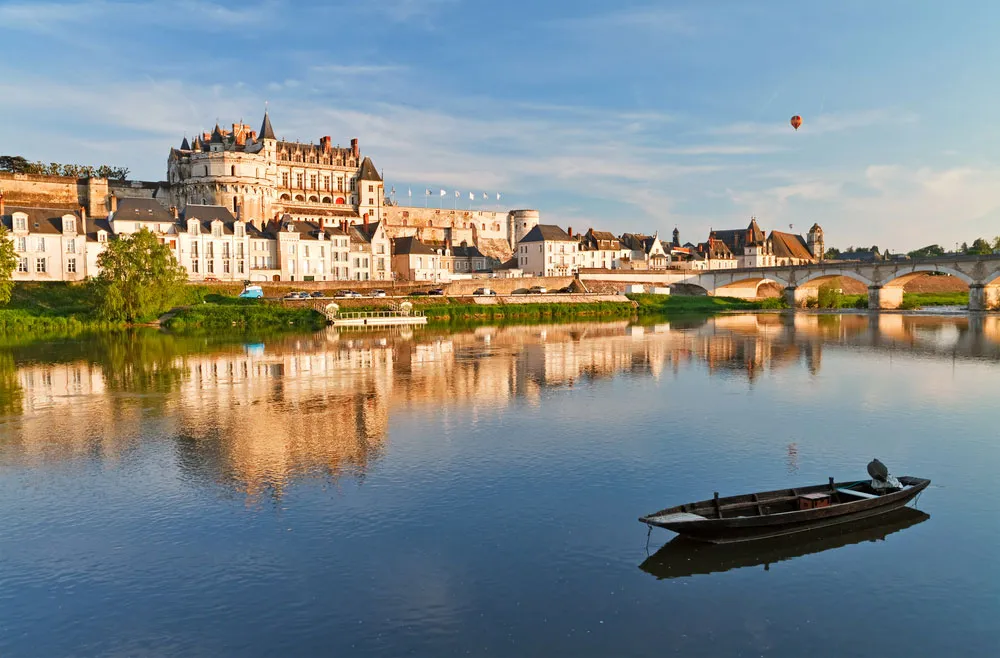
Château de Chambord: The Crown Jewel of the Loire Valley
Undoubtedly, the most famous and iconic of the Loire Valley’s châteaux is the magnificent Château de Chambord. Commissioned by King Francis I in the 16th century, this architectural marvel is a testament to the grandeur and ambition of the French monarchy. Boasting an astounding 440 rooms, 84 staircases, and 365 fireplaces, Chambord is a true engineering and artistic feat, blending elements of Renaissance and medieval design in a truly unique and captivating way.
The château’s most striking feature is its iconic double-helix staircase, a masterpiece of engineering that has captivated visitors for centuries. Designed by the brilliant Leonardo da Vinci, this spiral staircase allows two people to ascend and descend simultaneously without ever crossing paths. The staircase’s elegant symmetry and intricate craftsmanship are a testament to the advanced architectural knowledge of the Renaissance era.
But Chambord is more than just a stunning architectural achievement; it is a window into the lavish lifestyle of the French nobility. The château’s vast interiors were designed to accommodate the king’s extensive retinue, with opulent halls, lavish bedchambers, and even a private chapel. Visitors can explore the grand state apartments, marvel at the depobos login exquisite tapestries and paintings, and imagine the extravagant parties and festivities that once took place within these walls.
The Graceful Château de Chenonceau
While Chambord may be the crown jewel of the Loire Valley, the Château de Chenonceau is undoubtedly one of its most enchanting and captivating châteaux. Perched gracefully over the Cher River, this elegant Renaissance palace is often referred to as the “ladies’ château,” owing to the influential women who have shaped its history and legacy.
The château’s origins date back to the 16th century, when it was commissioned by King Henry II as a gift for his mistress, Diane de Poitiers. Diane oversaw the construction of the iconic arched bridge that spans the river, creating a unique and breathtaking architectural feature. After Henry’s death, his wife, Catherine de’ Medici, seized control of Chenonceau and transformed it into a lavish Renaissance palace, adorning its interiors with exquisite tapestries, frescoes, and furnishings.
Visitors to Chenonceau are immediately captivated by the château’s serene and picturesque setting. As they cross the arched bridge, they are treated to a stunning view of the Cher River and the surrounding gardens, which were designed by the château’s famous female residents. The interiors of Chenonceau are equally impressive, with ornate salons, grand staircases, and a stunning gallery that seems to float above the river’s waters. It is no wonder that Chenonceau has been a favorite among artists, writers, and romantics for centuries.
The Enchanting Gardens of Château de Villandry
While the Loire Valley is renowned for its magnificent châteaux, the region’s natural beauty is equally captivating. Nowhere is this more evident than at the Château de Villandry, a Renaissance palace renowned for its stunning gardens that have been meticulously maintained for centuries.
The château itself is a striking example of 16th-century architecture, with its distinctive Renaissance-style towers and elegant façade. But it is the gardens that truly steal the show, offering visitors a breathtaking display of symmetry, color, and botanical artistry. Designed in the early 20th century by Joachim Carvallo, the gardens at Villandry are divided into several distinct sections, each with its own unique theme and design.
Visitors can stroll through the ornamental gardens, where intricate patterns of vibrant flowers and neatly trimmed hedges create a visual feast for the eyes. The vegetable garden, with its orderly rows of produce, is a testament to the region’s agricultural heritage. And the water garden, with its serene pools and cascading fountains, offers a tranquil respite from the bustling world outside the château’s walls. Regardless of the season, the gardens at Villandry never fail to captivate and inspire, showcasing the Loire Valley’s enduring beauty and horticultural excellence.
Château d’Amboise: A Royal Residence with a Rich History
While the Loire Valley is home to countless magnificent châteaux, few can rival the rich history and cultural significance of Château d’Amboise. This imposing fortress, perched atop a towering limestone cliff, has been a royal residence for centuries, serving as a testament to the power and influence of the French monarchy.
The château’s origins can be traced back to the 10th century, when it was first constructed as a medieval fortress. Over the centuries, it underwent numerous renovations and expansions, as successive generations of French kings and queens left their mark on the property. Perhaps the most notable of these was King Charles VIII, who transformed Amboise into a grand Renaissance palace, complete with ornate gardens, lavish interiors, and a stunning chapel.
Today, visitors to Château d’Amboise can explore the château’s rich history and marvel at its architectural wonders. The grand state apartments, with their ornate furnishings and intricate tapestries, offer a glimpse into the opulent lives of the French nobility. The château’s chapel, which houses the tomb of Leonardo da Vinci, is a particular highlight, showcasing the renowned artist’s influence and legacy in the Loire Valley. And the château’s sweeping views of the Loire River and the surrounding countryside are simply breathtaking, reminding visitors of the enduring allure of this remarkable region.

Discovering the Loire Valley Beyond the Castles
While the Loire Valley’s magnificent châteaux are undoubtedly the region’s main draw, there is much more to explore beyond the castle walls. For nature lovers, the Loire River and its surrounding landscapes offer a wealth of opportunities for outdoor adventure and exploration.
One of the best ways to experience the valley’s natural beauty is by embarking on a leisurely river cruise. As you glide along the calm waters, you’ll be treated to stunning vistas of rolling hills, lush forests, and charming riverside towns. Along the way, you might spot a variety of wildlife, including herons, egrets, and even the elusive European otter.
For those seeking a more active adventure, the Loire Valley’s extensive network of cycling and hiking trails provide the perfect opportunity to explore the region’s scenic beauty up close. Whether you choose to pedal through the vineyards, hike along the river’s banks, or traverse the forested hills, you’ll be rewarded with breathtaking views and a deeper appreciation for the valley’s natural wonders.
Indulging in the Culinary Delights of the Loire Valley
No visit to the Loire Valley would be complete without indulging in the region’s rich culinary heritage. From world-renowned wines to artisanal cheeses and local delicacies, the Loire Valley is a true epicurean paradise.
The Loire Valley is renowned for its exceptional wines, which have been cultivated in the region for centuries. Visitors can embark on guided wine tastings, exploring the diverse terroirs and grape varieties that give the valley’s wines their unique character. Whether you prefer the crisp, mineral-driven Sauvignon Blancs of Sancerre or the lush, fruit-forward Cabernet Francs of Chinon, the Loire Valley has something to delight every palate.
Beyond its renowned wines, the Loire Valley is also home to a wealth of artisanal food producers, from cheesemakers to bakers to preservers. Visitors can explore local markets, sample regional specialties, and even participate in cooking classes to learn the secrets behind the valley’s most beloved dishes. From the creamy, pungent Roquefort-style cheeses of Saint-Agil to the delicate, flaky pastries of Chambord, the Loire Valley’s culinary offerings are a true feast for the senses.
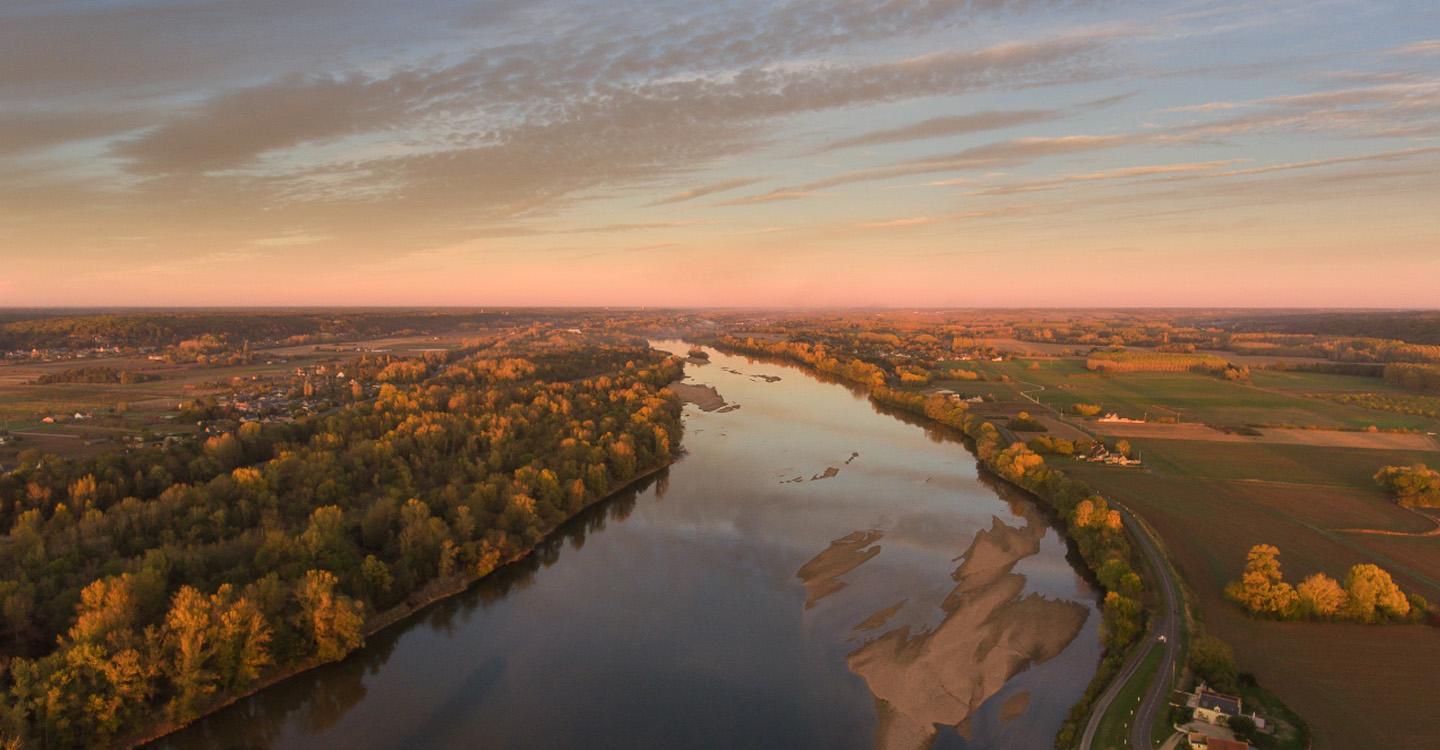
Planning Your Visit to the Loire Valley
Whether you’re drawn to the region’s rich history, its stunning natural beauty, or its tantalizing culinary delights, the Loire Valley is a destination that promises an unforgettable experience. To make the most of your visit, it’s important to plan ahead and consider the following practical tips:
When it comes to transportation, the Loire Valley is best explored by car, allowing you the freedom to discover the region at your own pace. Alternatively, you can opt for a river cruise, which offers a unique perspective on the valley’s châteaux and landscapes. If you prefer to explore on foot or by bicycle, the valley’s extensive network of trails and paths make it easy to navigate the region’s scenic wonders. If you like reading this article then you are visit impactpressgroup to find more interesting topics that we cover.


